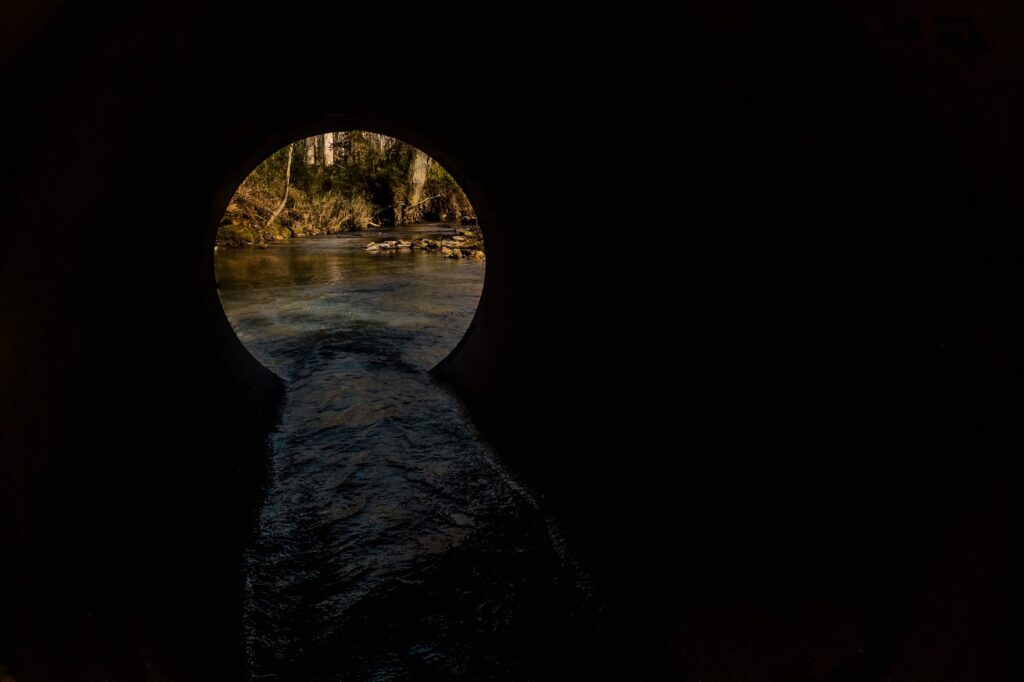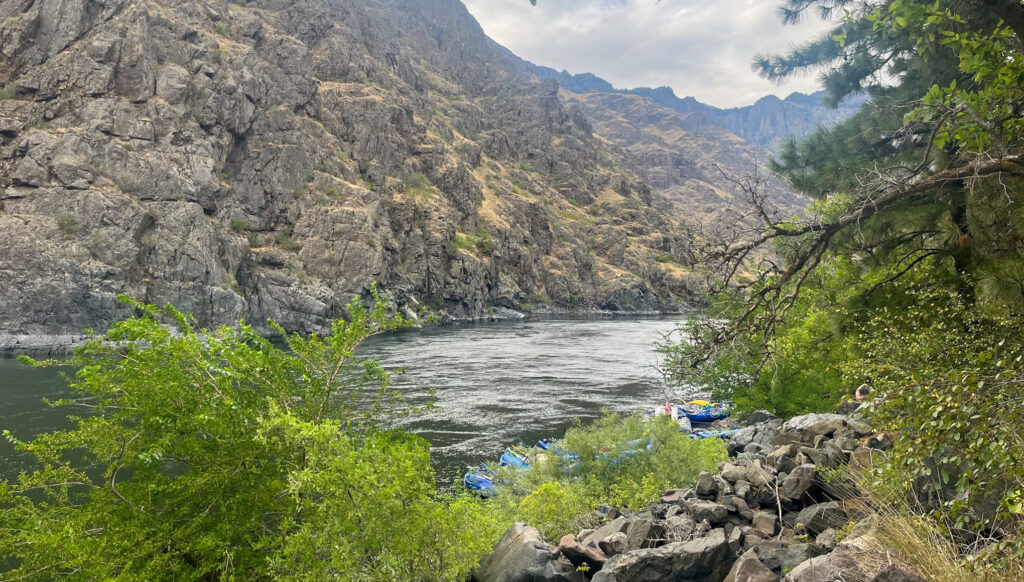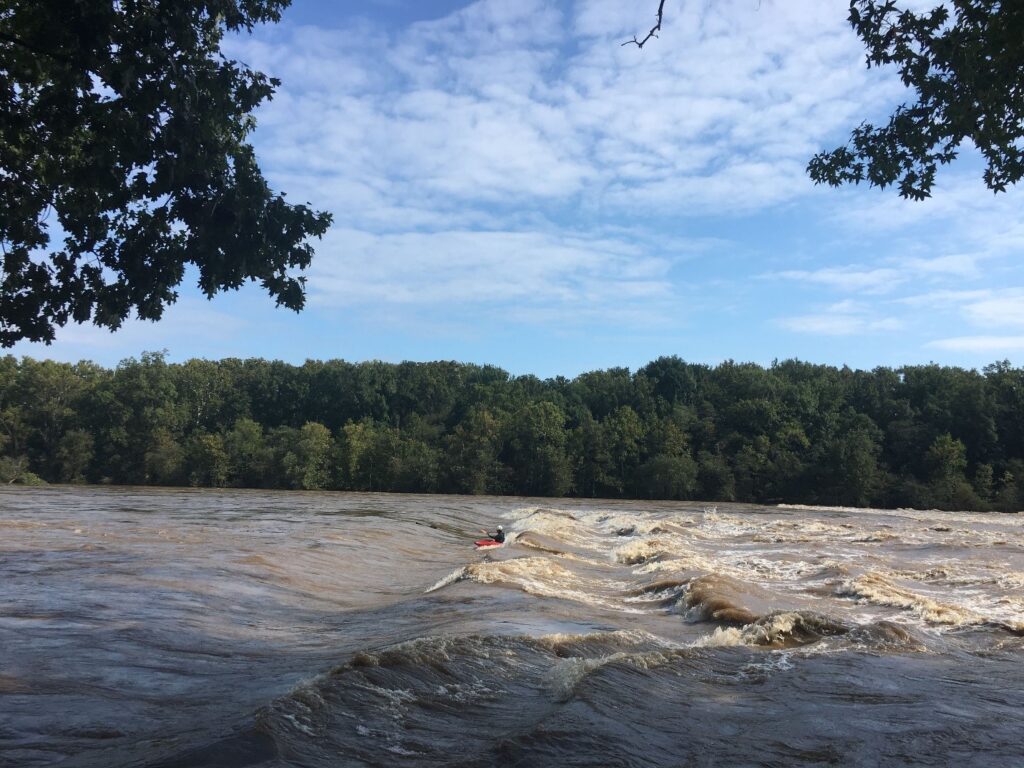America’s Infrastructure gets a C-
While the American Society of Engineers gave America’s infrastructure a C- overall, our water infrastructure is faring far worse.

The American Society of Civil Engineers recently released their new Report Card on America’s Infrastructure. And while America’s infrastructure receives a C- overall, our water infrastructure is faring far worse: stormwater infrastructure gets a D, wastewater infrastructure gets a D+, while drinking water leads the pack with a C-. The ASCE report is just one indicator of America’s need to look at its priorities and re-invest in basic necessities. And nothing is more necessary than clean water.
The recent American Rescue Plan Act of 2021 is a good start at tackling this problem. The legislation directs $500 million for grants to States and Indian Tribes to assist low-income households pay for drinking water and wastewater services. The financial burden of these services often has a dramatic impact on low-income households who are required to allocate a greater percent of their income. The legislation also broadly makes $350 billion usable for “necessary investments” in water and sewer infrastructure.
While this funding is a good start, it is temporary and doesn’t fully get at the root of our clean water infrastructure challenges. A recent water infrastructure proposal, titled the Water Quality Protection and Job Creation Act of 2021 invests $50 billion over five years in direct water infrastructure investment. Key to this program is that it invests $40 billion to capitalize low-interest rate loan programs for municipalities while also allocating $4.5 billion in grants to handle sewer overflows and water pollution control programs. The success of this Act is its balance of low-interest loan programs (which are a critical component to maintaining water infrastructure) and grant programs for low-income communities who often don’t have the financial security to procure an infrastructure loan.
When it comes to funding infrastructure, there are some key principles we need to take into account:
- Invest in water – Too often our infrastructure funding prioritizes energy and transportation and leaves water behind. Water is largely dependent on strained local funding, which often isn’t enough to meet the clean water needs of those communities. To overcome this funding gap, water infrastructure needs federal and state investment.
- Focus on impacted communities – Because water infrastructure depends on local funding, low-income communities often struggle the most to make infrastructure investments. Even in cities that can afford more local infrastructure funding, commonly the lowest income communities (often communities of color) still don’t get the investment they need. Federal infrastructure legislation must ensure these communities get the investment they need.
- Invest in natural solutions – Natural infrastructure solutions encompass a broad range of approaches that are cost effective, climate smart ways of addressing infrastructure challenges. In water infrastructure, these practices play a key role in complementing traditional concrete-focused infrastructure, that is often more expensive and less adaptable to changing climate trends. The Clean Water for Green Infrastructure Act is a great way to start building this key piece of water infrastructure.
- Remember the source – Much of our drinking water comes from rivers, and most of our wastewater ends up back in the same rivers. When investing in infrastructure, we need to make sure we are protecting naturally functioning rivers and water quality. Rivers are significant economic engines for the country, investing in them is also helping support the communities they run through, in so many ways.
We have a long way to go to build back our national water infrastructure. Natural, sustainable and equitable water infrastructure is the best way to support healthy communities and healthy rivers.


